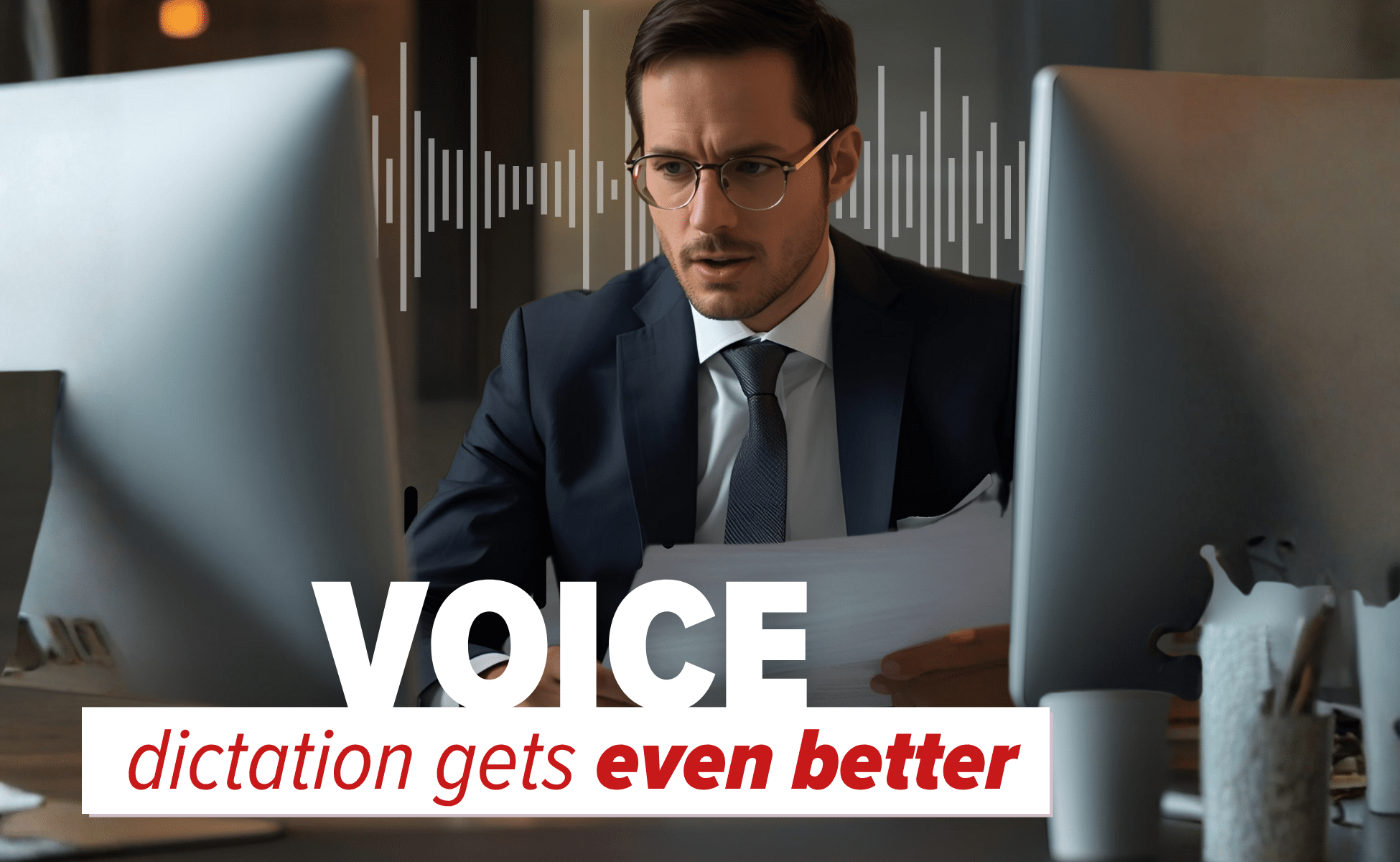
Have you ever drafted an email or legal memo only to spend extra time editing it afterwards? For lawyers, especially small firm or solo practitioners juggling client work, the new Windows 11 “Fluid Dictation” feature could be a game-changer. This AI-powered update to Windows’ voice dictation tools promises to make capturing speech easier and the resulting text more polished, saving time on mundane edits.
What is Fluid Dictation?
Fluid Dictation is a new voice-dictation feature built into Windows 11 (specifically under Voice Access) that uses on-device AI to clean up your spoken words as you dictate. Microsoft describes it as making voice dictation “smoother and smarter” by automatically correcting grammar, punctuation and filler words (like “ums” or “you know”) in real time blogs.windows.com. In other words, while you speak naturally, Fluid Dictation applies a hidden editor to tidy up the text – adding commas, periods and fixing basic grammar and spelling on the fly. The result is a draft that looks much more professional right from the start, without having to manually add punctuation or remove common speech disfluencies. According to Microsoft, this all happens locally on the PC (powered by on-device “small language models”), so processing is fast and privateblogs.windows.com.
Benefits for Lawyers and Law Firms
For legal professionals, a tool that “just works” out-of-the-box can mean big time savings. Instead of spending billable hours on correcting dictation typos or hunting for missing commas, attorneys can focus on their actual analysis and client work. For example:
-
Draft letters and emails hands-free. Imagine dictating a client update or cover letter on your way to court. Fluid Dictation will insert punctuation and fix basic grammar, so you spend less time editing later.
-
Capture meeting or deposition notes instantly. After a meeting or deposition, you could speak your notes aloud. Fluid Dictation will remove “um,” “ah,” and other fillers, producing a cleaner transcript for your records or for sharing with colleagues.
-
Speed up document preparation. Solo attorneys often do much of the drafting themselves. By dictating the first draft of a motion or brief, a lawyer can avoid slower typing and still end up with well-formatted sentences. As one industry analysis notes, voice-to-text tools can let attorneys turn talk into text up to 50% faster, freeing them to do more billable work dictation.philips.com.
-
Work on the go. With modern laptops or tablets, you could dictate while commuting or between client meetings. The system’s ability to auto-correct as you speak means you don’t have to worry about inserting every period or comma by voice command. In practice, that means you could send a dictated draft to a client or partner right away, rather than cleaning it up first.
These benefits can translate directly to efficiency. In fact, surveys of professionals using voice transcription report major productivity gains: one study found 71% of users saw a 26–50% improvement in productivity by leveraging speech-to-text technology dictation.philips.com. For law firms, that often means more billable output with the same effort – a win for both attorneys and clients.
Privacy and Security
Client confidentiality is paramount in legal work, so it’s worth noting that Fluid Dictation’s processing is all done locally on your device. Microsoft explicitly confirms nothing is sent to the cloud; the voice data is processed by the PC’s own AI chip, not an external server blogs.windows.com. This on-device approach keeps your dictated content private. Additionally, Fluid Dictation automatically disables itself in sensitive fields (like password or PIN boxes) to prevent any accidental dictation of secure information blogs.windows.com. In short, your client notes and attorney-client communications stay on your machine, aligning with the strict privacy requirements of legal practice.
Requirements and Availability
There is an important hardware requirement: Fluid Dictation is currently only available on “Copilot+” Windows 11 PCs. These are the newest PCs designed with built-in AI chips (NPUs) to handle on-device AI tasks. In Microsoft’s own words, Fluid Dictation is on by default on Copilot+ PCs and available in all English locales blogs.windows.com. If you have a standard Windows 11 laptop without the specialized AI hardware, you won’t see this feature yet. (You can still use the regular Windows Voice Typing or Voice Access, but without the automatic correction improvements.)
That said, Microsoft has signaled that more AI features are coming to all Windows PCs. Recent announcements indicate that new Copilot AI functionalities will no longer be limited to Copilot+ machines pcworld.com. In other words, while Fluid Dictation itself requires the AI-equipped hardware today, we may see similar smart dictation tools broaden to more computers in the near future. In any case, for those who adopt a Copilot+ PC (a “true AI PC”), this upgrade is ready now and works across most text input apps as soon as you open Voice Access blogs.windows.com.
Getting Started
On a supported PC, Fluid Dictation is enabled automatically. To use it, open the Voice Access app (or press Windows+H to start voice typing) and begin dictating. The fluid dictation AI will kick in immediately, polishing your speech into punctuation-rich text. If ever you want to undo a correction, just say “Undo” or “Revert” to go back to the original phrasingsupport.microsoft.com. In most cases, however, you can just dictate naturally and let Windows clean up the text for you.
This innovation is a quiet upgrade that works behind the scenes, but the impact can be quite tangible: less time spent fixing transcripts and more focus on high-value legal work. By reducing the friction of getting words onto the page, Fluid Dictation – and tools like it – help attorneys work faster and more comfortably.
Are you curious how voice AI and other Copilot features could benefit your practice? Our team can help you understand the latest Windows tools and find the right setup for your law firm. Feel free to reach out to discuss how this technology might streamline your workflow.


